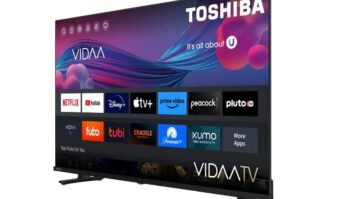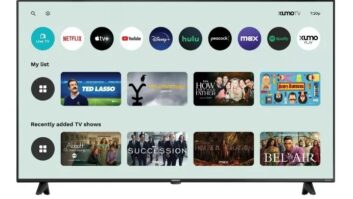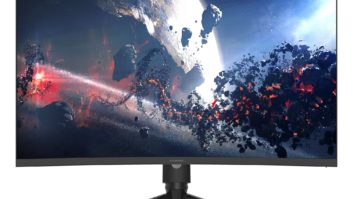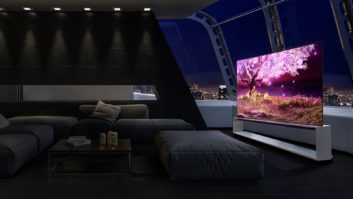Irvine, Calif. — Vizio took a page out of Funai Electric’s book Wednesday when it filed a lawsuit against the marketer of Philips, Magnavox, Emerson and Funai TVs for allegedly violating patents it acquired covering certain technologies allegedly used in Funai- made and-distributed sets.
Over the course of the last year, Funai, which is in control of two formerly Thomson-held patents — known as the 369 and 074 patents — for receiving over-the-air broadcasts, has sought to have Vizio meet its licensing terms, filing complaints with the International Trade Commission (ITC) and the U.S. Patent and Trade Commission.
Vizio has argued that Funai’s terms for the licenses were onerous and counterproductive to the U.S. government’s efforts to transition the country to all-digital TV broadcasting.
Although Vizio had won a ruling on one of the patents from the U.S. Patent and Trade Office (USPTO), it was hit with an International Trade Commission limited exclusion order last month blocking Vizio from importing TVs. The company continues to import sets as it appeals the patent claim in court and through the White House.
But on Wednesday, Vizio filed its lawsuit with the U.S. District Court for the Eastern District of Virginia, seeking an injunction prohibiting Funai from importing and selling allegedly infringing televisions and is also seeking damages “for millions of past infringing sales,” Vizio said.
Specifically, Vizio said Funai allegedly violated seven patents for technologies used in televisions. The patents in question mostly deal with reception and handling of digital cable signals.
The patent Vizio said it now controls and that Funai is violating include the following:
·“Quadrature Amplitude Data for Standard Bandwidth Television Channel” (also known as the 096 patent);
· “Rotationally Invariant Trellis Coding Incorporating Transparent Binary Convolutional Codes,” (a.k.a. the 761 patent);
· “Synchronization and Error Detection in a Packetized Data Stream” (aka the 887 patent.);
· “Radomizer for Byte-Wize Scrambling of Data,” (a.k.a. the 522 patent);
· “Punctured Convolutional Encoder” (a.k.a. the 082 patent);
·“Apparatus and Method for Communicating Digital Data Using Trellis Coding and Punctured Convolution Codes” (a.k.a. the 518 patent); and
·“Method and Apparatus for Communicating Digital Data Using Trellis Coded QAM” (a.k.a. the 629 patent).
All had been issued by the USPTO in 1996 and 1997. Vizio wasn’t incorporated until 2002.
Previously, Vizio filed a lawsuit against Funai in the federal district of California for allegedly failing to license its patents on a reasonable and non-discriminatory basis, and has also filed a complaint with the Federal Communications Commission on the matter.
Meanwhile, Vizio has won rulings from the USPTO rejecting some of Funai’s claims.
“Unlike Funai, our patent portfolio has not been rejected by the USPTO, we at Vizio respect the rights of intellectual property and we will not stand by while foreign competitors misappropriate our intellectual property,” Laynie Newsome, Vizio co-founder and sales and marketing communications VP, said in a statement.
Funai did not return requests for comment when this was posted.
Funai manufactures and distributes standard and high-definition televisions in the United States under the Philips, Magnavox, Emerson, Funai, Sylvania and Symphonic brands.











